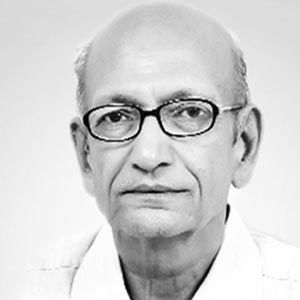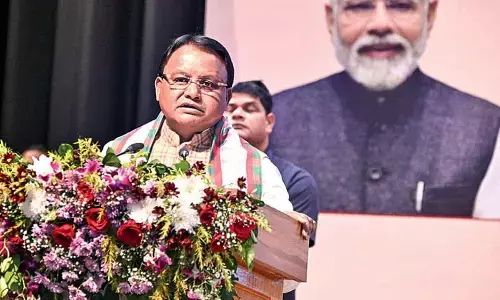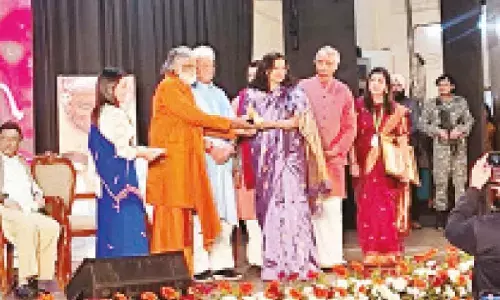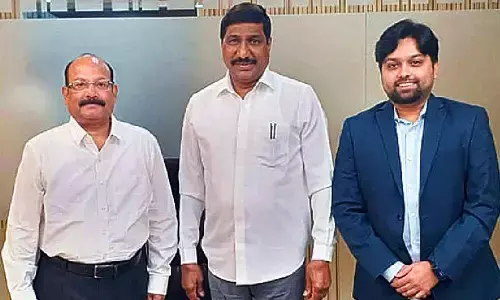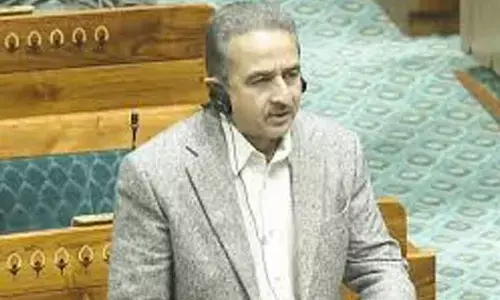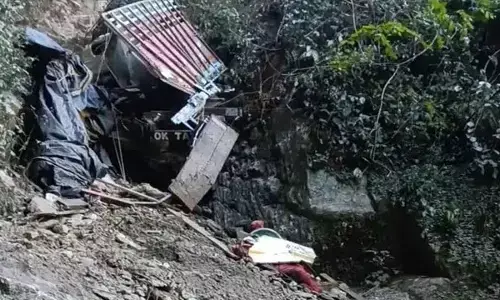Economic challenges before the 2019 elections
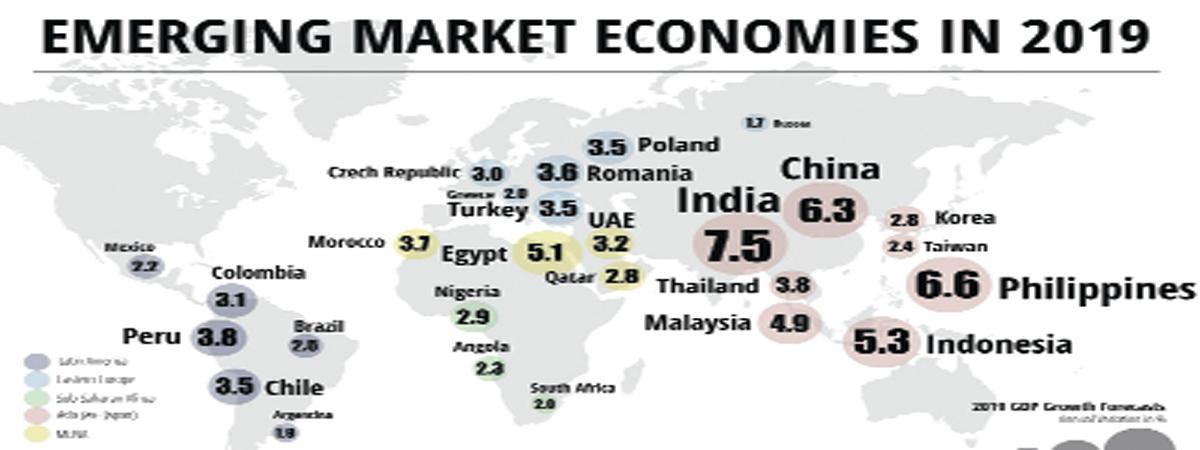
The policy of BJP in the last four years was to consolidate the Hindu vote on the issues of cow, Sanskrit and Ram temple At the same time the BJP wanted to develop the economy on the lines of the developed countries Thus the Government pushed Bullet Train and river navigation
The policy of BJP in the last four years was to consolidate the Hindu vote on the issues of cow, Sanskrit and Ram temple. At the same time the BJP wanted to develop the economy on the lines of the developed countries. Thus the Government pushed Bullet Train and river navigation.
It implemented the heroic steps of demonetisation and GST to push tax compliance which has indeed improved much. However, these steps have not led to a revival of economic growth which remains flat at about seven percent growth rate of GDP. The reason for slow growth is the digital push. It has hit the small and medium enterprises (SMEs). They were undertaking business in cash (and often evading taxes as well).
They had to move to bank payments that was not always convenient. They had to file multiple GST returns which distracted from their main business. These troubles of the SMEs have translated into lesser job creation because they used more labour and less capital. Most jobs in the economy were being created by them. That, in turn, has led to stagnation in the purchasing power of the common man.
The incomes of the workers has not increased and they are not buying increased amounts of cloth etcetera from the market. Thus the overall demand in the market has remained flat.
This is the reason for the GDP growth rate staying put at about seven percent in the last four years. This slowdown has affected the sentiment of the people in general who are depressed and there is a sense of brewing disenchantment with the ruling Government in the air as seen in the recent elections to five states.
The general elections are merely five months away. Times are tough for the BJP. Yet, the government can implement certain steps which may provide a ray of hope to the people immediately and also give a new direction to the economy in the long run. The first issue is that of unemployment which is connected with the SMEs. GST has brought the SMEs on the back foot by imposing high tax burden on the SMEs.
Say a buyer named ‘X’ purchases some material for Rs 118 from a big manufacturer. This purchase would include a GST component of Rs 18. Mr. X will get a refund of the GST of Rs 18 embedded into the purchase made by him.
The net cost of the purchase to him will be Rs 100. Now let us consider the tax burden on Mr. X if he purchased the same goods for Rs 118 from a small manufacturer working under the Composition Scheme. He will not get the refund of the one per cent GST paid by the small manufacturer himself, or the GST paid by the small manufacturer on the raw material purchased by him.
The net cost to Mr. X will be Rs 118. Therefore, it is profitable for Mr. X to purchase the goods from a big manufacturer and not from a small manufacturer.
This is the main reason for the troubles of the SMEs and the consequent slowdown in employment generation. The solution to this is that the government can allow the SMEs to get refund of GST paid by them on inputs bought by them.
If necessary, the general rate of GST can be increased from the present 18 percent to, say, 21 per cent to cover up the shortfall so created. Then the SMEs will be able to sell their goods in competition with the large manufacturers. This will generate a wave of optimism in the SMEs and their workers. This can be implemented within the next one month.
The second issue is of the farmers. The root problem is the continuous decline in global prices of agricultural produce. The BJP government has tried to secure the welfare of the farmers by increasing the Minimum Support Price (MSP). But this is not successful because an increase in MSP leads to higher production, the Food Corporation of India is unable to buy all the production, and, despite the proclamations by the Government to the contrary, the price in the market declines.
The failure of this policy has led to a demand for farm loan waiver which is putting a huge burden on the finances of the State Governments—without providing a solution to the farmers.
The correct solution is to dismantle all the subsidies being paid by the Government on fertilizers, electricity, MNREGA and food; and transfer the amount to the bank accounts of the farmers directly. This amount will provide a secure income to the farmer with which he would be able to keep his body and soul together and desist from suicides. The clamor for loan waivers could also quieten down.
My quick calculation shows that every farmer household in the country can be paid about Rs 48,000 per year without requiring any additional expenditure by the Government. This measure will create a huge enthusiasm among the farmers.
They will also be liberated from the machinations of the various subsidies and use their energies for productive works like growing tulip flowers for the international markets instead of running behind the Village Headman to get jobs under MNREGA.
The third issue is of the consolidation of the Hindu vote. Cow protection is being perceived as anti-Muslim and anti-Dalit. Ground reports from Uttar Pradesh indicate that farmers are facing huge distress because of stray cows destroying their crops.
And the temple issue is frozen in the Supreme Court. Thus, these issues are leading to the alienation of the farmer, Muslim and Dalit votes. The solution is for the Government to secure the Hindu vote on the issue of Ganga which does not have an anti-Muslim and anti-Dalit ambience.
The government must cancel the three hydropower projects under construction on the main tributaries of the Ganga, namely, Singoli-Bhatwari, Tapovan Vishnugad and Vishnugad-Pipalkoti. The plan to ply large ships on the Ganga under the National Waterway-1 project must be abandoned. This will lead to an enthusiasm among the Hindu voters without alienating the Muslim and Dalit voters.
There is no obstruction to the Government allowing setoff of GST paid by SMEs on inputs purchased by them, direct transfer the subsidies on fertilizers, electricity, MNREGA and food directly the farmers’ bank accounts, and cancelling the under-construction hydropower and National Waterway-1 projects on the Ganga.
These steps will also give a new long term direction to the economy that will give direction to whichever party comes to power in 2019. Author was formerly Professor of Economics at IIM Bengaluru

